
In 2016, Alex Cruz became the CEO of an airline facing an existential crisis. British Airways was bleeding customers to easyJet and Ryanair, and the UK flag carrier’s profits were declining.
There are two basic ways that full-service legacy airlines can respond to the threat of strong competition from low-cost carriers. One option is to differentiate your product so that customers are prepared to pay more to fly with you. The second option, which British Airways ultimately chose, is to cut costs and compete with the budget competition on price.
British Airways was probably right to cut costs, to an extent. But it did this at the expense of the customer experience, and customers most definitely noticed. For example, it removed complimentary food and drinks from its short-haul flights and started charging even for water.
It also reduced spending on IT. This resulted in several major operational meltdowns that likely cost the company a lot more than the money in the long run than it saved.
The result was that British Airways was able to compete more effectively on price with its low-cost rivals. At the same time, the experience of flying British Airways became almost indistinguishable from its competitors.
British Airways was no longer the “world’s favourite airline”. Even some once-loyal frequent flyers abandoned the airline as they felt BA was no longer providing a quality service.
The jury is still out on the overall success of British Airways’ strategy over the past decade. But it’s quite telling that the airline’s new CEO, Sean Doyle, has already started reinstating services that his predecessor removed.

For example, British Airways now once again offers a free snack and water in Economy on short-haul flights. (Additional catering is still available for purchase.)

Many other legacy carriers face similar competition from budget airlines
Of course, British Airways is far from alone. Around the world, new airlines with lower cost bases are stealing customers away from traditional “legacy” airlines.
These airlines must similarly choose to compete by either cutting costs or offering superior service at a higher price. (It’s hard to do both, but many airlines including Qantas have tried.)
In Europe, more “full-service” airlines, including Lufthansa and TAP Air Portugal, have stopped providing free food and drinks in Economy, instead offering products for sale. (Lufthansa still provides a bottle of water and small chocolate in short-haul Economy, and is now trialling bringing back complimentary tea and coffee in response to declining customer satisfaction… but anything else costs extra.)
A few years ago, Lufthansa and Etihad Airways even controversially removed complimentary mid-flight snacks from long-haul flights. Instead, they were asking customers who’d potentially paid thousands of dollars for their tickets to shell out an extra $4 for a mid-flight KitKat. Both airlines have since stopped doing this, which tells you everything you need to know about how well the changes went down with frequent flyers.
The dual-brand strategy
Remaining premium doesn’t necessarily mean that an airline must cede market share to its budget rivals. To compete against a burgeoning Virgin Blue in the early 2000s, Qantas created Jetstar.

The Qantas Group’s dual-brand strategy has largely been a success. Qantas offers a (usually) premium service, while Jetstar offers cheap fares. The current versions of Virgin Australia and Rex are somewhere in the middle. (The middle can be a good place to be, but hybrid carriers like Virgin also risk getting “wedged”.)
Many other full-service airlines have also created or acquired low-cost carriers that compete in the same markets. Singapore Airlines owns Scoot, Turkish Airlines owns AJet, Air Canada has Air Canada Rouge, Lufthansa owns Eurowings, Air France/KLM owns Transavia, and Air Astana owns FlyArystan… to name just a few examples.

Even British Airways’ parent company IAG owns Vueling, a Spanish low-cost carrier. But Vueling doesn’t generally operate on the same routes as British Airways.
By implementing this strategy successfully, full-service airlines don’t need to try to compete with budget airlines on price. They can focus on providing a premium product at a premium price.
This doesn’t always work
The dual-brand strategy is not guaranteed to be a success. In the 2000s, United Airlines created a low-cost airline called Ted, and Delta created an airline called Song. Neither of these airlines were profitable and neither still exists today.
Air France’s more recent attempt to create a new airline called Joon was also short-lived.
A significant factor in the failures of all three airlines was that the unionised workforces refused to be paid less than their mainline counterparts.

The introduction of Basic Economy
Without low-cost brands to compete on price, all of the major US airlines have introduced Basic Economy airfares. These are designed to help full-service airlines compete with low-cost carriers for price-sensitive customers. But the Basic Economy fares have so many restrictions, and so few inclusions, that airlines expect most passengers not to buy these tickets.
Customers who are prepared to pay more for a good experience will still do so. But customers who might have booked Spirit or Frontier may instead consider American Airlines or United. At least, that’s the theory.
The concept of heavily restricted airfares with no inclusions has spread across the world, including to most of the legacy airlines in South America and Europe that used to offer full service.
Virgin Australia even has an Economy “Lite” fare which excludes checked baggage, seat selection and many Velocity benefits. This fare is designed to lure customers away from Jetstar.

Some airlines have doubled down on being premium
At the other end of the spectrum, airlines like Singapore Airlines, Cathay Pacific and Turkish Airlines have opted to compete by providing a great service that is clearly superior to the low-cost alternatives. Done well, this strategy can be very successful.
In the US, Delta has been very successful at positioning itself as a premium airline. People are prepared to pay more to fly with Delta because they provide a superior customer experience. In fact, this strategy has earned Delta a lot of loyal customers who choose Delta over American Airlines, which arguably has a better frequent flyer program.

Airlines that take this approach may lose a bit of revenue from price-sensitive customers who’ll choose to fly with a budget airline. But there is so much more money to be made from frequent flyers who are prepared to pay more for a premium experience.
Many of these passengers hold status with the airline and will provide significant lifetime customer value. They’ll also engage much more with the airline’s highly profitable loyalty program.
What do you think is the best approach?
If you were in charge of a full-service airline, and a budget airline was stealing your customers, what would you do – and why?
Share your thoughts on the Australian Frequent Flyer forum!

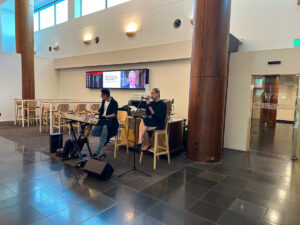



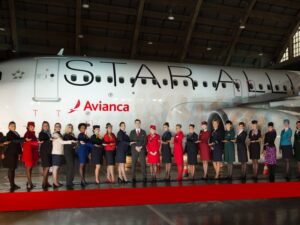

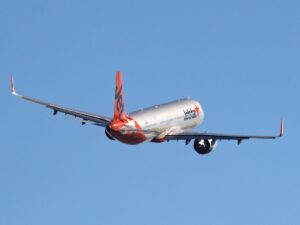




















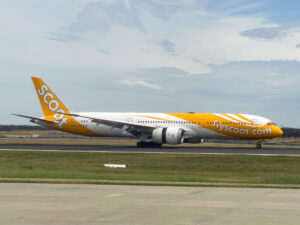





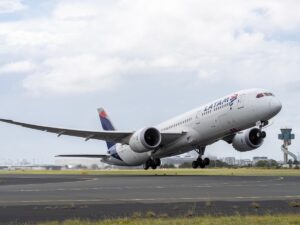






































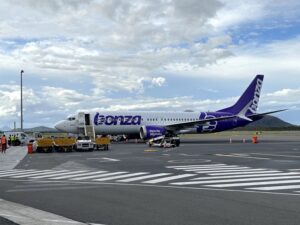
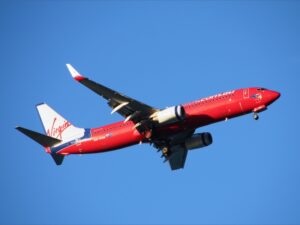





Community Comments
Loading new replies...
Join the full discussion at the Australian Frequent Flyer →